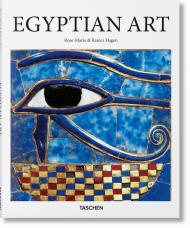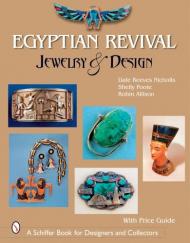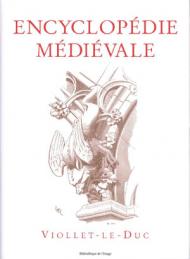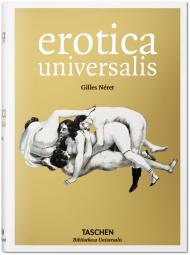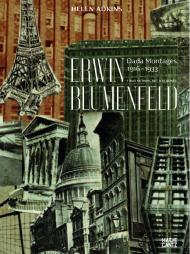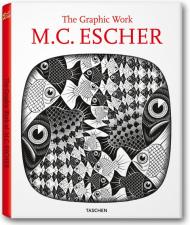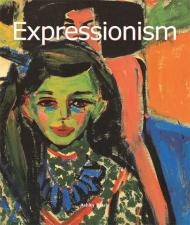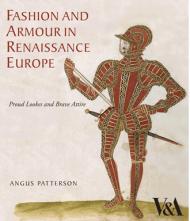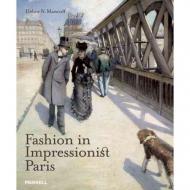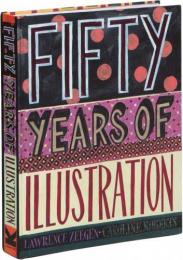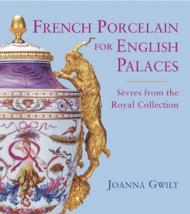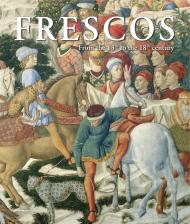From the Land of the Pharaohs. The finest treasures of ancient Egypt
Discover some of the most stunning masterpieces of ancient Egypt. This catalogue gathers sarcophagi, statues, murals, and other timeless treasures by unknown masters from the Old Kingdom to the Roman Period. Find out why these centuries-old gems of World Cultural Heritage are displayed alongside masterworks of Michelangelo and da Vinci, from New York to Cairo.
The art of ancient Egypt that has been handed down to us bears no names of its creators, and yet we value the creations of these unknown masters no less than the works of later centuries, such as statues by Michelangelo or the paintings by Leonardo da Vinci. This book introduces some of the most important masterpieces, ranging from the Old Kingdom during the Third millennium BC to the Roman Period.
The works encompass sculptures, reliefs, sarcophagi, murals, masks, and decorative items, most of them now in the Egyptian Museum in Cairo, but some occupying places of honor as part of the World Cultural Heritage in museums such as the Louvre in Paris, the British Museum in London, the Egyptian Museum in Berlin, and the Metropolitan Museum in New York.
Featured works include:
Seated statue of King Djoser
Wood relief of Hesire on a dining table
Statue of a scribe made of various materials
Funerary relief of Aschait
Sphinx of Sesostris III
Robed statue of Cherihotep
Reliefs from the Temple at Carnac
Sarcophagus of Queen Hatshepsut
Murals from Thebes
Seated figure of the goddess Sachmet
Statue of Queen Teje
Head of Akhenaten (Amenophis IV)
Queen Nefertiti
Golden mask of Tutankhamun
Ramses II from Abu Simbel
Horus falcon made of granite
Stone relief from the temple ambulatory at Edfu
The author:
Rose-Marie Hagen was born in Switzerland and studied history, Romance languages, and literature in Lausanne. After further studies in Paris and Florence, she lectured at the American University in Washington, D.C.
Rainer Hagen was born in Hamburg and graduated in literature and theater studies in Munich. He later worked for radio and TV, most recently as chief editor of a German public broadcasting service. Together they have collaborated on several TASCHEN titles, including Masterpieces in Detail, Pieter Bruegel, and Francisco de Goya.
About the series:
- Each book in TASCHEN's Basic Genre series features:
- approximately 100 colour illustrations with explanatory captions
- a detailed illustrated introduction plus a timeline of the most important political, cultural, and social events that took place during that period
- a selection of the most important works of the epoch, each presented on a 2-page spread with a full-page image and accompanying interpretation, as well as a portrait and brief biography of the artist
